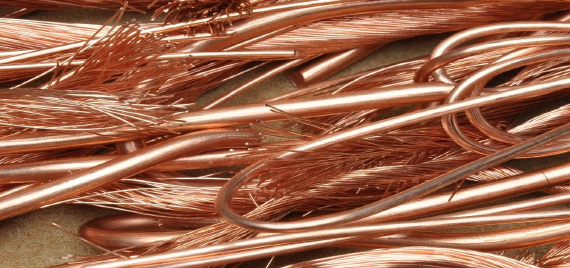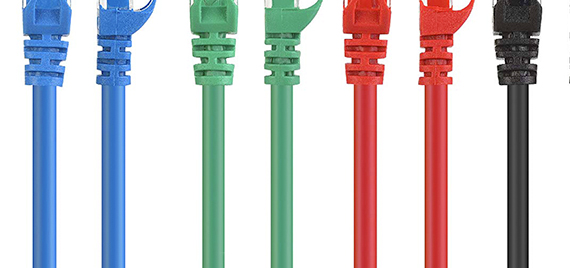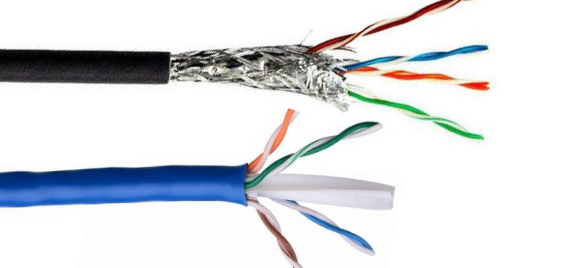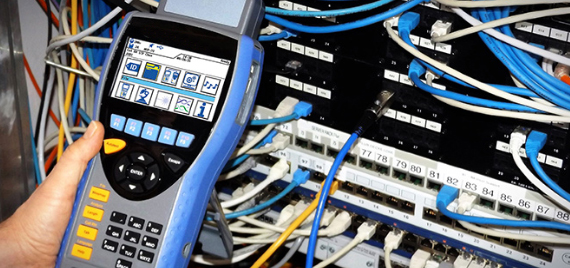Due to the wide variety, one might be confused while selecting the right LAN cable. LAN cables may look the same but have major differences depending on the categories, cables types, and vendors. The appropriate LAN cables will help realize better connections. Aspects like network cable types, quality, performance, and cable price will impact the selection.





